Table of Contents
Gomukh Trek 2025
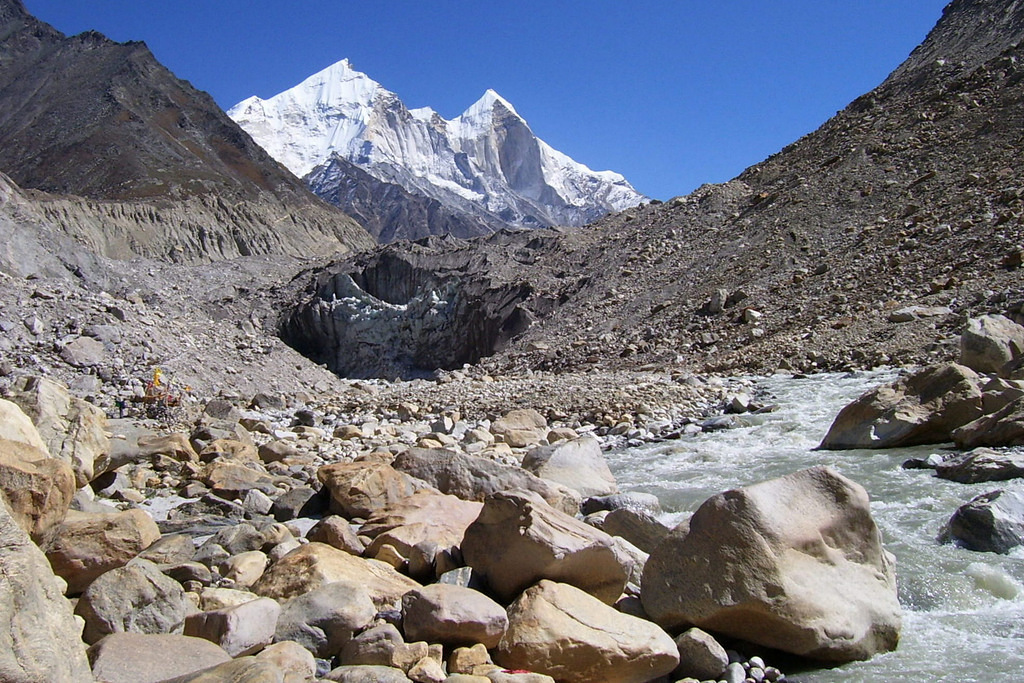
The Gaumukh Trek 2025, or Gomukh Trek 2025, is one of the best-known and revered treks in India, as it leads to the source of the sacred Ganges River, which is at the tip of the Gangotri Glacier in the Uttarakhand region of India. Gomukh, which translates to “cow’s mouth,” sits at the glaciers shaped like a bovine mouth and is 4,023 meters or 13,200 feet high. Gomukh is one of the important pilgrimage destinations of India and serves as an extraordinary adventure for trekkers.
Whether you are searching for religious merits, spiritual peace, or a trek in the Himalayas, this trek serves as a lifelong cherishable experience. I am here to offer you the most extensive guide for trekking to Gomukh, right from the starting point to reaching the endpoint, along with itinerary, trekking knowledge, accommodation, food, and mountaineering, along with the weather.
What is Gomukh?
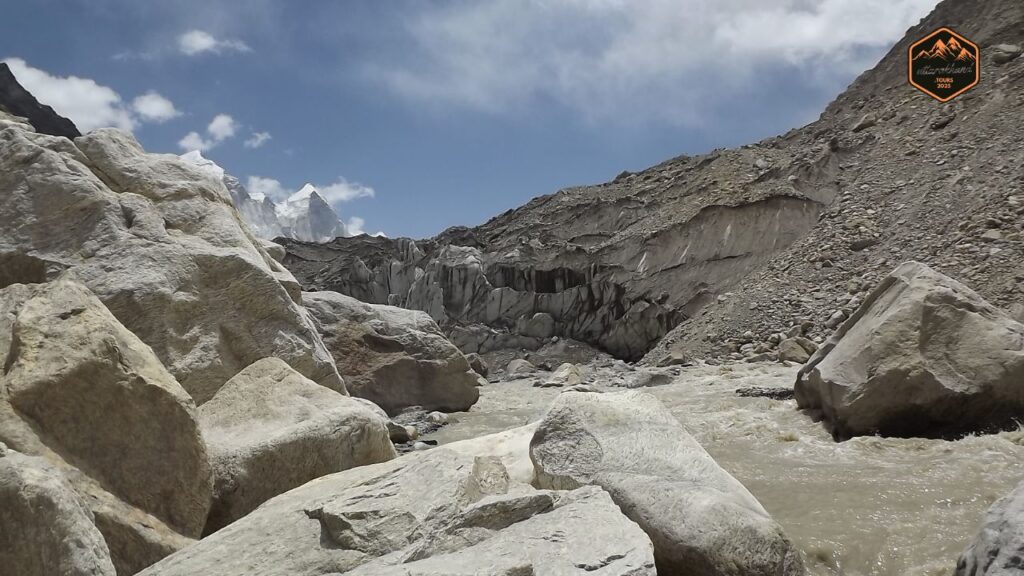
Gomukh is the cistern of the Gangotri Glacier, which is one of the largest glaciers in the Himalayas, with an estimated volume of 27 cubic kilometres of ice and snow. Here, one can find the Bhagirathi River, which is a primary headstream of the River Ganges, also referred to as “Ma Ganga” in Hindu culture.
There is a story in the Puranas that a boy who was searching for a lost sheep one day, suddenly stumbled upon a glacier’s snout in the shape of a cow’s mouth, hence naming it Gomukh. This place has great religious importance and is a revered site for pilgrims, along with trekkers who are fascinated by the breathtaking vistas in the region.
Gomukh can be reached by trekking from Gangotri, which is a sacred city and one of the four Char Dham in Uttarakhand. The holy town of Gangotri serves as a starting point. The journey goes through the Gangotri National Park, which is famous for its snow-crowned mountains, luscious forests and alpine meadows. The journey is not only about the destination, which is the glacier, but it is also about appreciating and marvelling at nature and the spiritual wonders of the place.
Getting To Gangotri

In Uttarakhand, Gangotri’s access is well-connected with key cities, serving as a gateway for the Gomukh Trek 2025. The following are the best ways to get to Gangotri:
Travelling by Air:
The Jolly Grant Airport in Dehradun is the closest airport, located 250-256 km away from Gangotri. There are direct flights to Dehradun from Delhi as well as other notable cities. Taxis and buses are available at the airport for the 8-10 hour-long journey to Gangotri via Rishikesh and Uttarkashi. For quicker travel, helicopter services from Dehradun’s Sahastradhara Road to Harsil, which is closer to Gangotri, are available.
By Train:
There are the closest railway stations in Rishikesh (234 km) and Dehradun (200 km). Both stations have state transport buses and private taxis to Gangotri. The road travel from Rishikesh or Dehradun takes 10-12 hours, highly dependent on traffic and road conditions.
By Road:
You can reach Gangotri from Dehradun, Rishikesh, Haridwar and Uttarkashi using National Highway 108. There are state transport buses and local taxis that operate in the region. The road from Haridwar to Gangotri, which is approximately 270 km, goes through Rishikesh, Tehri, and Uttarkashi. You get to see the Garhwal Himalayas from there. Leaving early in the morning is ideal to avoid traffic and reach safely prior to nightfall.
If you are not familiar with the region, it is ideal to book a taxi or take a guided tour package to ensure comfort. The latest travel information is available on Uttarakhand Tourism.
Gomukh Trek 2025 Itinerary
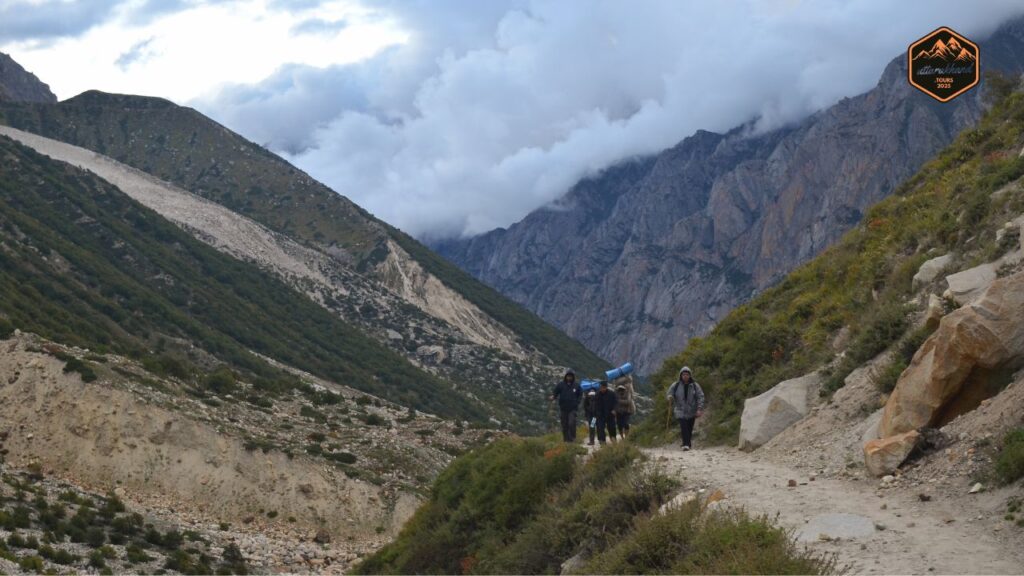
The Gomukh Trek 2025 usually is done in 2-3 days, with a total distance of 36-40 kilometres (one way) from Gangotri to Gomukh. Here is a 3-day itinerary for a better and more balanced experience.
Day 1: Gangotri to Bhojbasa (14 km, 6-7 hours)**
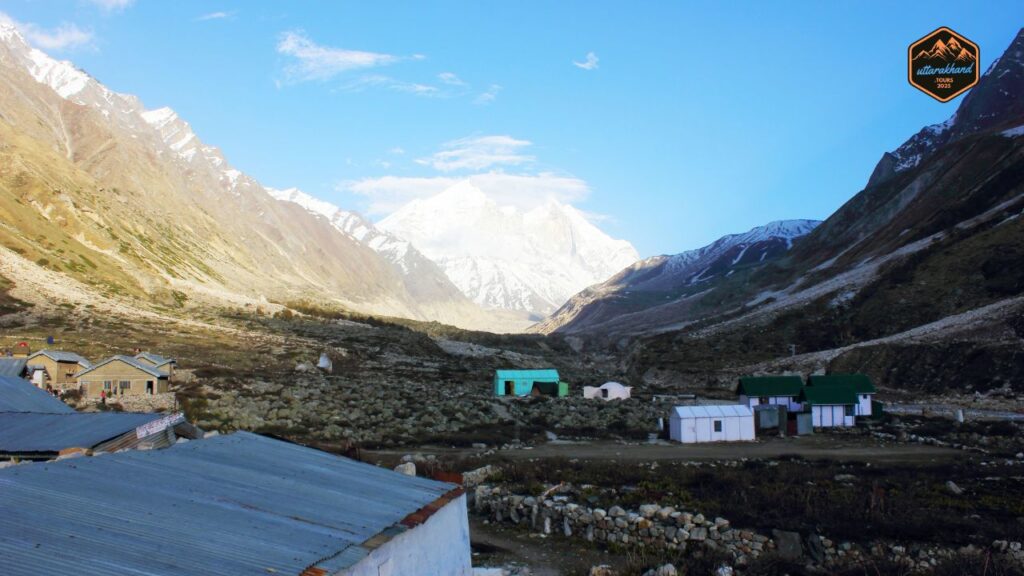
- Starting Point: Gangotri (3,100 meters)
- Destination: Bhojbasa (3,775 meters)
- Highlights: You will receive blessings at the Gangotri Temple, which serves as a starting point for the trek. After the 100-step climb and the small ascent in the deodar and pine forests, you will reach a small settlement called Chirbasa (3,550 meters), which is around 9 km from Gangotri. “Chir”, meaning pine, explains the name of the settlement. The trek offers splendid views of the Bhagirathi peaks. Upon reaching Bhojbasa, which is famous for the birch trees, get settled and rest for the night.
Day 2: From Bhojbasa To Gomukh And Back (8 km round trip, 4-5 hours)
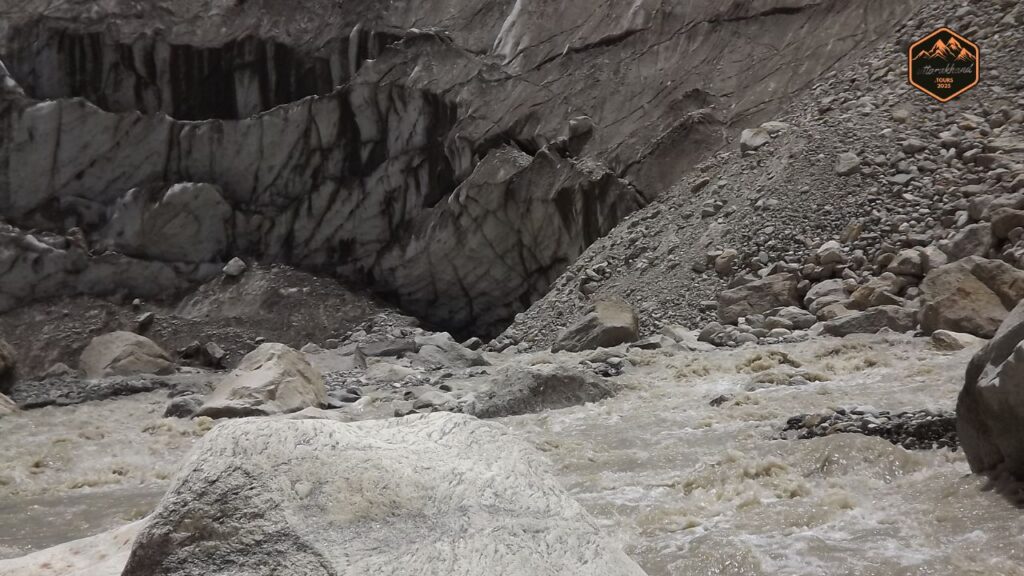
- Starting Point: Bhojbasa
- Destination: Gomukh (4,023 meters)
- Highlights: The Gomukh trek 2025, 4 km long, begins with an easier section, which later transitions to a steep and rocky scramble to the glacier. Don’t miss the breathtaking view of the Bhagirathi River as it bursts forth from the glacier. Spend time soaking in the natural and spiritual beauty, savouring the surroundings and perhaps collecting Ganga Jal (holy water) like numerous pilgrims. Return to Bhojbasa for the night, relishing the quiet mountains.
Day 3: Bhojbasa To Gangotri (14 km, 5-6 hours)
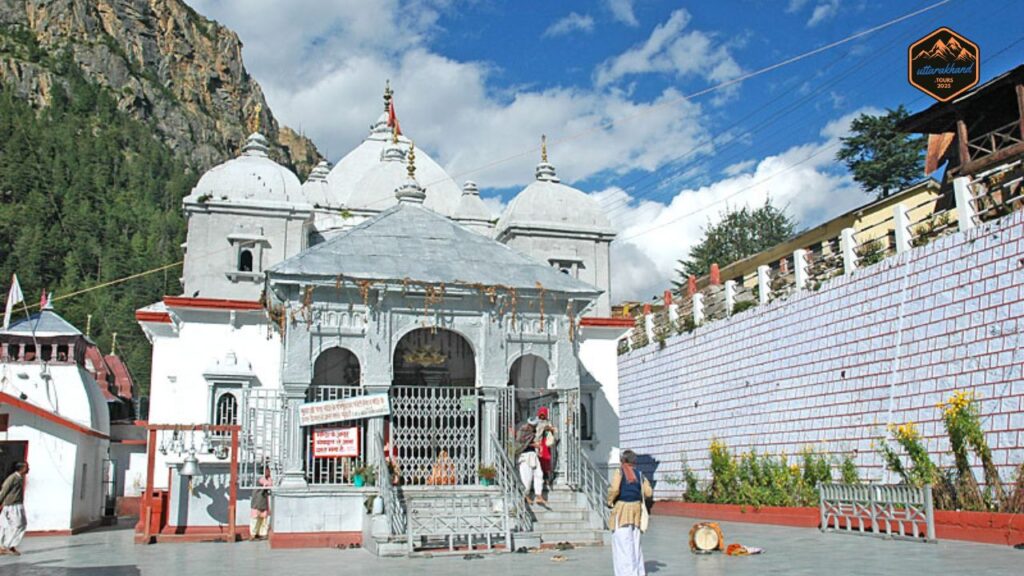
- Starting Point: Bhojbasa
- Destination: Gangotri
- Highlights: The return trip follows the same path, which is now mostly downhill, so the trek is easier. Gaze at Chirbasa once more and the forested path with the distant snow-capped mountains. Back in Gangotri by noon, leaving the afternoon free to visit the temple or wander about the town.
Note: Some trekkers prefer a faster-paced option and complete the trek in two days by trekking from Gangotri to Gomukh and back in a day (about 18 km each way). This approach is very strenuous and does not provide the opportunity to relish Gomukh. For beginners or those looking to take a more relaxed approach to trekking, four-day itineraries that include an extra day at Bhojbasa for acclimatisation or exploration are best.
How Difficult is the Gomukh Trek 2025
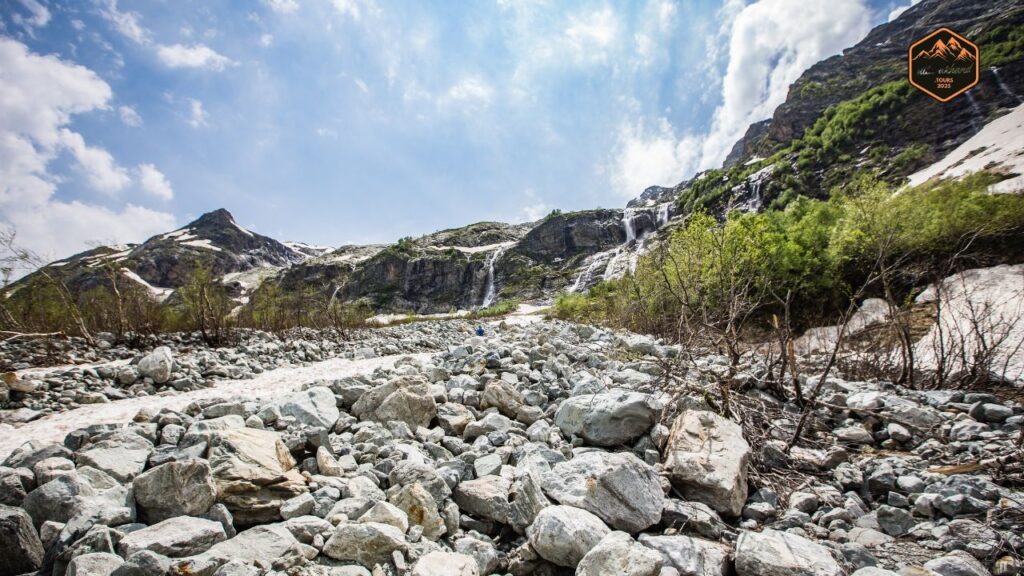
The Gomukh Trek 2025 is classified as moderately difficult. Most trekkers can manage the distance (36-40 km round trip), but the altitude (over 13,200 feet) and terrain present challenges. High altitude trekking comes with its challenges, and the Gomukh Trek 2025 is no different because of:
- Steep Sections: Some places require a good fitness level, particularly the initial climb from Gangotri and some rocky parts close to Gomukh.
- Rocky and Uneven Paths: Glacial moraine walking and crossing tiny streams are a requirement for the stretch between Bhojbasa and Gomukh.
- Altitude: Above 3000m, the risk of altitude sickness increases, which makes acclimatisation a must.
Trek enthusiasts should maintain a good fitness level. Prior experience with moderate treks is beneficial. Stamina can be built through cardiovascular exercises like running, cycling, or swimming, as suggested by Uttarakhand. For those who are new to high-altitude trekking, a doctor’s consultation is recommended, along with considering guided tours for better safety.
When to Go for Gomukh Trek 2025

The Gomukh Trek 2025 is best from May to October, when the trail is accessible and the weather is beautiful. Here is the breakdown:
May to June: Gangotri experiences 8 to 19 degrees Celsius and gets gentle greenery along with mild temperatures. The skies are clear, making this time very popular for pilgrims and trekkers.
July to August: This time is prone to monsoons. The monsoons are known to bring lush landscapes and new vegetation to the area, but also severe landslides and rain. Make sure to bring rain gear.
September to October: The temperatures are capricious, starting from the post-monsoon weather stabilising, crisp autumn views and frost days. The warmth requires warm clothes. Overall, it offers a peaceful break from the monsoons.
The trail remains closed from November to April because of heavy snowfall and freezing temperatures (ranging from -7 to 5°C). The Gangotri Temple opens on Akshaya Tritiya (which falls in late April or early May) and closes around Diwali, which is in sync with the trekking season. Visit Uttarakhand tourism for exact date details.
Trekking Permits for Gomukh

Trekking through Gomukh will require a fee, since it is within the boundaries of Gangotri National Park. Some essential points to note are the following:
- Permits are available on the Uttarakhand tourism website or in person at forest check posts in Gangotri or Rishikesh.
- You will need to carry a photo ID and a medical certificate for the photo ID issued, and limited slots to the trek (150 per day) for eco-friendly tourism.
- As for fees, issuing a permit will require a very nominal fee; however, exact values and confirmation of the nominal fee will need to be checked with local authorities.
- Visiting the glacier might need a guide, as noted on AllTrails.
With the above guidelines, it is essential to get permits as soon as possible, especially for the peak season in May and June.
What to Pack for the Gomukh Trek 2025
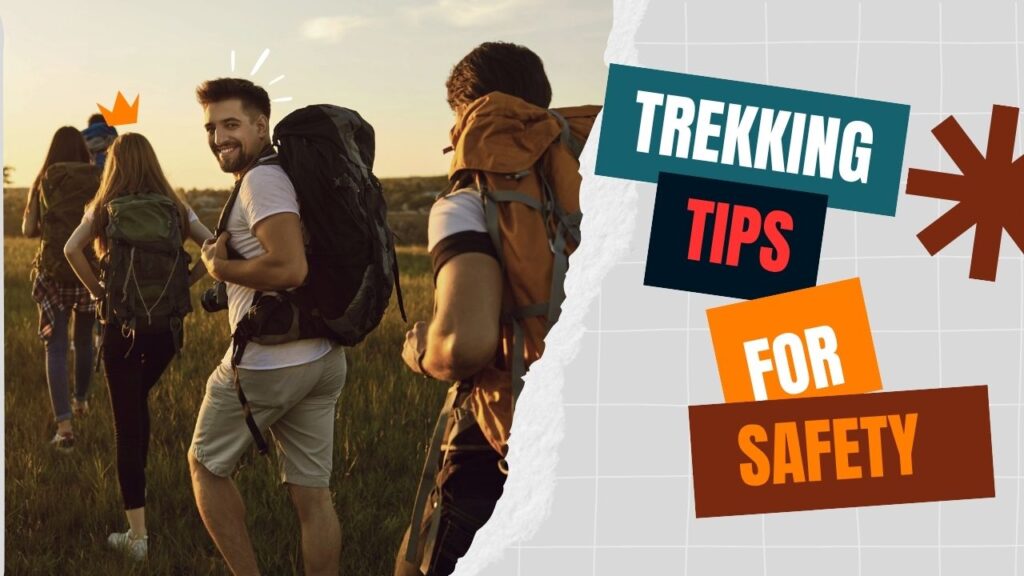
A safe and comfortable trek requires proper preparation and packing. Here’s a recommended list:
Items
Clothing: Warm layering fleece and down jackets, waterproof jacket and pants, trekking pants, thermals, hat, and gloves
Footwear: Trekking Boots with good grip (e.g. Quechua Forclaz 100), and extra socks
Gear
Backpack 40 to 50 litres, trekking poles, sleeping bag for camping, headlamp, and sunglasses
Essentials: Reusable water bottle, purification tablets, snacks and energy bars, first aid kit, sunscreen, and lip balm
Documents
Image ID, permit copies, emergency contact information
Optional: Lightweight tent, camera, and binoculars for bird watching
Recommended sources, such as The Searching Souls, suggest comfortable footwear with ankle support, and the ability to pack light with preparation for potential exposure to cold, rain, and sun.
Accommodation and Food
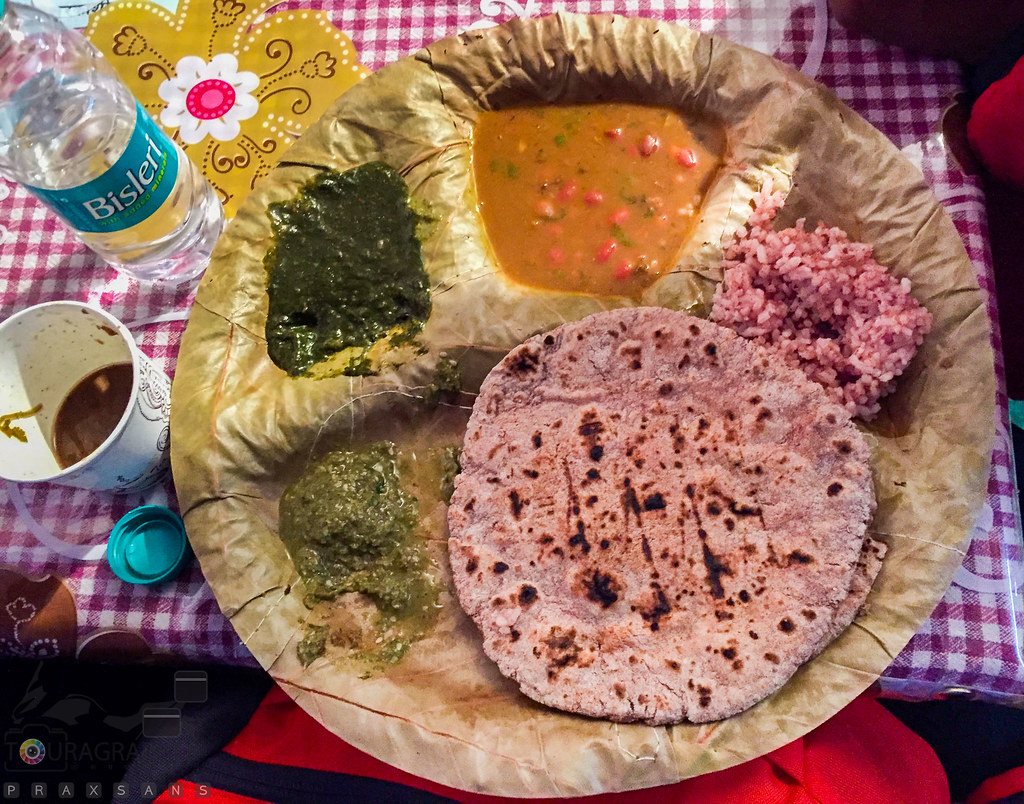
Gangotri: Accommodation in hotels, guesthouses, and dharamshalas is available. Budget accommodations start at 500 to 1000 INR, and mid-range hotels are 2000 to 4000 INR. Be sure to book in advance during peak season.
Bhojbasa: Options include camping at 100 INR a night, GNMV’s Guest House, or Lalbaba’s Ashram at 350 INR a day, including food. For camping, a sleeping bag and a tent are required.
Vegetarian meals like dal, vegetables, and roti are served in the ashrams and guest houses at Bhojbasa. In Gangotri, you can also find North Indian and Garhwali food service. Make sure to pack some high-energy snacks like nuts and energy bars for the trek.
Important Safety Tips for the Gomukh Trek

Safety considerations are very important for this trek due to high altitude and unpredictable weather, especially in the Himalayas. Please take note of the following:
- Acclimatisation: Spend at least a day in Gangotri at an altitude of 3,100 metres to acclimatise to the surroundings. Symptoms of altitude sickness, like headaches, nausea, and dizziness, are common. If these symptoms get severe, descend.
- Hydration: To ensure the best physical performance as well as staying hydrated at high altitudes, drink plentiful amounts of water.
- Trail Awareness: Always stay on the marked trail to avoid getting lost. Always use caution on rocky trail portions and while crossing streams.
- Weather Preparedness: Pack warm clothing and rain gear; these are necessary due to the sudden changes in weather. Do not attempt to trek during heavy rain due to high chances of landslides.
- Wildlife: Apart from blue sheep, you can also see other animals. Always stay at a safe distance and avoid feeding them.
- First Aid: Always carry a basic first aid kit containing band-aids, basic pain medicines, and altitude sickness medicines (always consult a therapy specialist prior).
- Environmental Respect: Do not litter, especially plastic waste, as the Himalayas are already a concern for plastic waste, according to Footloose Dev.
All trekking services, like Indiahikes, offer guided tours where skilled leaders are assigned to each group to increase safety measures.
Individual Reflections and Reviews
Many trekkers deem the Gomukh Trek 2025 as life-changing. One trekker recalled, “Standing at Gomukh, soaking in the sight of the Ganges’ inception, I experienced a deep sense of calm and an incredible union with nature. It was an arduous trek, but the effort was wholly justified in the end” (Footloose Dev). Another trekker remarked, “The snow-capped peaks in addition to the lush forests are simply unparalleled. It’s a feeling that’s beyond words” (Trekyaari).
These testimonials illustrate the blend of physical exertion, the trekking route’s scenic splendour, and the trek’s spiritual significance. The Ganges River, a river that is vital for the sustenance of millions and revered by the people of India, adds to the emotional feeling of standing at the river’s source.
Other Places to Visit
Make sure to also visit:
• The Gangotri Temple: The temple was built in honour of the Goddess Ganga and is opened from May to October.
• Bhagirathi Shila: It is a rock close to the temple where King Bhagirath is thought to have meditated to bring the Ganges to Earth.
• Pandava Gufa: It is a cave linked to the Mahabharata’s Pandavas. It is a short walk from Gangotri.
Tapovan
It is an extension of the Gomukh Trek 2025 and an additional 5 km from Gomukh. Tapovan offers magnificent views of Mount Shivling and the Bhagirathi and Meru peaks.
Flora and Fauna (of Gomukh Trek 2025 )
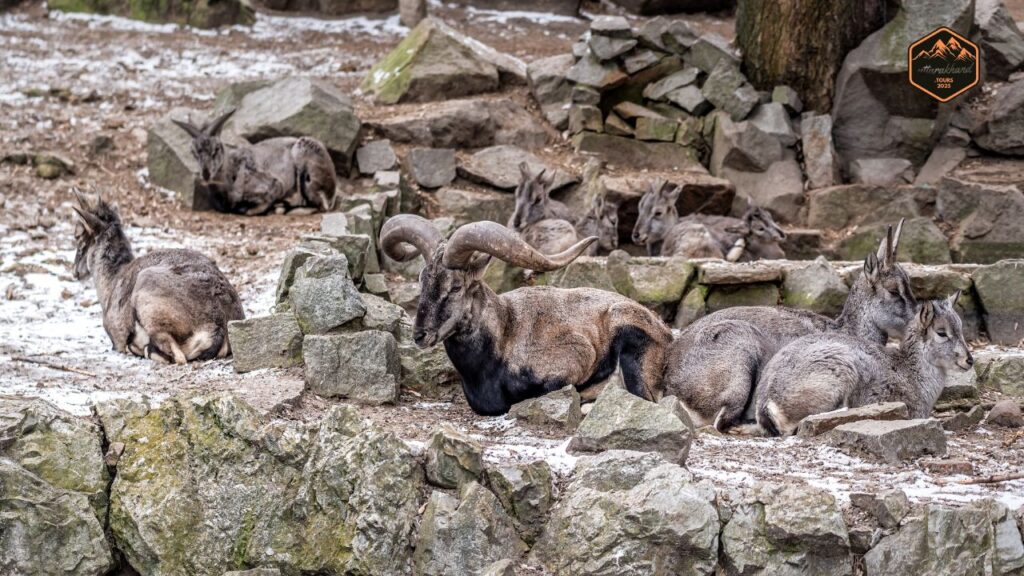
The Gomukh trek 2025 is an area of unique ecological and geological wonders in Gangotri National Park. Some of these are the following: the densely populated Deodar and pine forests located in Chirbasa and Bhojpatra (Himalayan birch) found in Bhojbasa, wildflowers located close to Gomukh, and rhododendrons that bloom during spring. During the monsoon, the region becomes livelier and greener.
The native Himalayan blue sheep, Himalayan monal and snow partridges are a few examples of the region’s fauna. For birdwatchers, as mentioned in Alltrails, binoculars are a must.
Gomukh Trek 2025: Best Trekking in the World.
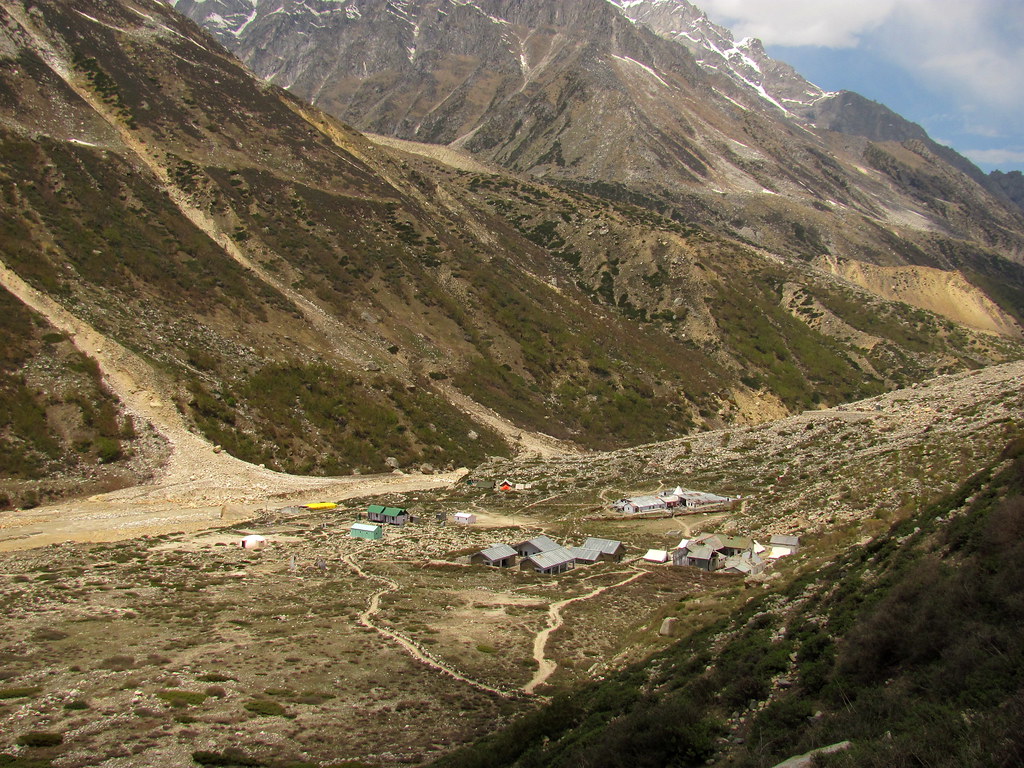
Carrying a sturdy smartphone or camera dedicated to capturing the trek with a protective case or a professional camera and lens, ready to take on views and tracks through your lens, is the best option. The trek’s strenuous nature and agile movement demands will make hauling unnecessary heavy and professional trekking equipment considerably burdensome. Some key and constantly recommended places to capture are the Gangotri Temple, exploring the glacier at Gomukh, and, of course, the Bhagirathi peaks through Chirbasa.
As shared by Discovery Hikes, the ideal time icon to capture the landscapes is monsoon and spring, and it’s during the early mornings that the valleys and peaks are greasily drenched in mist.
Cultural and Spiritual Importance

Gomukh holds profound spiritual importance as the origin of the Ganges River, integral to Hindu beliefs. The Ganges has mythological significance. In Hindu mythology, it is said that King Bhagirath did penance to bring Ganga down to Earth, and Lord Shiva, to avoid the destruction of the Earth, channelled her flow through his locks. Pilgrims trek to Gomukh to collect Ganga Jal and offer prayers. In their beliefs, it helps to cleanse their sins. This journey is often part of the Char Dham Yatra.
Cost and Financial Planning
The Gomukh Trek 2025 costs differently based on guided and self-led options through the trek.
Expenses – Estimated Cost (INR)
Transport – 2,000-5,000 (Dehradun to Gangotri and back)
Accommodation – 500-4,000/night in Gangotri; 100-350/night in Bhojbasa
Food – 500-1,000 (meals in Gangotri and Bhojbasa)
Permits – 150-500 (depending on season)
Guide/Porter – 1,000-2,000/day (optional)
Gear Rental – 500-1,500 (tent, sleeping bag, etc.)
According to Himalayan Dream Treks, guided tour packages cost between INR 18,000-30,000 per person for 5-7 days. This includes transport, accommodation, meals, and necessary permits. The trek is budget-friendlier for travellers who self-guide and camp.
Conclusion
This particular trek features some unmatched aspects of trek-based adventure tourism. Starts from the sacred Gangotri temple and ends at the Gomukh glacier, which is considered the source of the legendary river Ganga, thus allowing trekkers to experience the entire stretch of the trek while immersing themselves in Indian cultural heritage.
It is highly recommended to do the trek in a well-thought-out plan by getting all the necessary permits, boarding in the right season, and packing. The Gomukh trek 2025, unlike other typical treks, is holistic, catering to both parts of the trekker’s personality, that is, physical and spiritual. This trek can be memorably done by pilgrims who are in search of peace, and seasoned trekkers as well.
FAQs for Gomukh Trek 2025
Do I need a permission slip to do the Gomukh Trek 2025?
Yep, a permission slip is required to enter Gangotri National Park for the Gomukh trek 2025. You can grab your slip either online through the Single Window System or in person at the forest office in Gangotri. Starting on September 10, 2024, all trekkers and guides must have a guide, trek insurance, and a medical certificate.
How can I grab the Gomukh trek 2025 permit online?
Just hop on the Single Window System, register, and upload your ID, medical cert, insurance, and any mandatory affidavits. Once you pay, you’ll get your permit either in your email or as a download from the portal.
How tough is the Gomukh Trek 2025?
The trek is rated moderate to tough. You might be hiking 15km on a long day, and the trail will have steep uphills, areas with falling rocks, glacier crossings, and big boulders to climb over.
Can anyone do the Gomukh Trek 2025?
Good fitness beginners can go for it, but it’s smart to prepare with running, cycling, or swimming to build your heart stamina. If you’re over 58 or have never trekked high-altitude before, talk to your trek operator and do a fitness check.
How long will the hike take me?
Plan on a week—about 7 to 8 days—because the whole route is a 40 to 46 klick out-and-back to Tapovan.
Where do I head off and finish?
The journey kicks off at Gangotri in Uttarakhand and wraps up the same way—Tapovan is the farthest point before turning around.
What’s the highest point on the route?
You’ll hit about 14,600 feet at Tapovan, and that’s the highest point of the whole trek.
When’s the ideal window to hit the Gomukh Tapovan trail?
Late spring or early fall—May, June, September, October—works best, usually serving up sun and packed-down trails.
Where will I sleep?
Two-person tents in the camps are the standard bet. Once in Gangotri, there are a few guesthouses and hotels, but the trail itself is all camps—no lodges out there.
What about meals on the hike?
Yep, most guided trips take care of three meals a day—breakfast, lunch, and dinner—plus all the vegetarian grub you could want at the camps and the base camp.
Will my phone work, and is there power?
Your best bet for calls is up to Gangotri (Airtel, BSNL, and Jio can all work), and you’ll find a few charging spots there. Once you hike past Gangotri, service and electricity are pretty much gone.
How do I get to Gangotri to kick things off?
The closest train station and biggest airport are both in Dehradun. From Dehradun, hop in a taxi or catch a bus straight to Gangotri. Pretty easy.
What should I pack?
Bring layered warm clothes, sturdy trekking shoes, rain jacket, gloves, a warm hat, and sunglasses that block UV rays. Don’t forget your meds and a way to drink enough water.
Can I find a guide or a porter once I’m there?
A guide is a must these days. You can hire a porter to carry your stuff, but no mules are allowed on that trail.
Can I trek solo, or do I need to join a group?
You can hike solo, but a group is a safer choice because they handle permits, insurance, guide rules, and any tricky spots that pop up on the trail.
